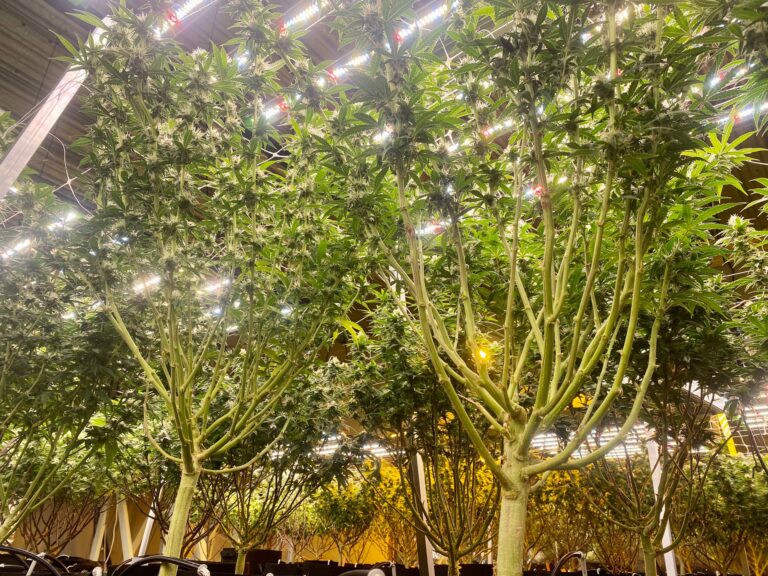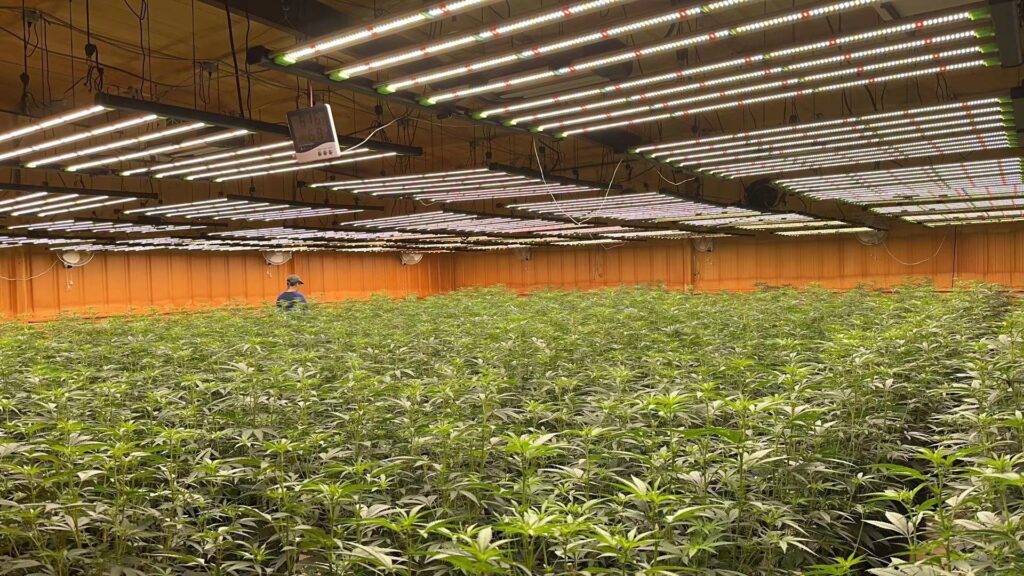While it may be hard to believe when you say your friends’ cannabis tasted different than the one you bought, it could be true! The reason for contrasting cannabis is the different methods of cannabis cultivation.
As the cannabis business grows, cultivators are looking for innovative ways for cannabis cultivation.
Many consumers are unaware that the cannabis they’ve been using for ages for medical, recreational, or religious purposes can now be produced through indoor farming.
In this blog, I will discuss the differences between indoor farming and sun-grown cannabis and see if it matters which one you choose.
Sun-Grown Cannabis
With the first use of cannabis dating back to 2800 B.C., it goes without saying that several growers and consumers love seeing it outdoors.
Like any other plants, cannabis was grown outdoors or in small, closet-sized spaces before the 1970-1980s when indoor farming was introduced.
Any grower interested in maximizing the use of natural resources during cannabis cultivation uses the sun-grown farming method today.
Here are a few pros and cons of sun-growing cannabis.

Pros
- Low cost of production: Using natural sunlight and relying on natural conditions for farming cuts production costs.
- Natural flavor: The “authentic,” as many say, taste of cannabis can only be obtained from naturally grown plants.
- Environmental impact: Since sun-grown cannabis requires significantly less energy than indoor farming, the environmental impact is shallow.
Cons
- Lack of control: Sun-grown cannabis significantly restricts control over growing conditions, resulting in less consistent yields.
- Weather dependency: Owing to their weather dependency, outdoor cannabis growers often face crop damage or loss due to extreme weather events.
Limited growing season: Since the natural conditions don’t remain favorable around the year, sun-grown cannabis products may lack consistent supply.
Indoor Farming
Growing cannabis in a greenhouse or a warehouse in a controlled environment is called indoor farming.
Numbers show that almost 54% of the cultivators grew cannabis in warehouses and greenhouses in 2021. So, one thing is for sure; Indoor Farming has started to appeal to more growers.
Indoor farming appeals more to businesses because it guarantees higher yields of consistent quality Cannabis. However, businesses must invest in the right facilities, such as LED grow lights, which ensure that they get the desired results.
Here are a few pros and cons of indoor farming;

Pros
- Control over growing conditions: Indoor farming allows growers to have complete control over the growing needs, resulting in higher quality and more consistent yields.
- Year-round cultivation: Since there’s no dependency on natural conditions, indoor farming can be done year-round, resulting in greater profits and a sufficient supply of cannabis products.
- Reduced risk: Indoor farming reduces the risk of pests and diseases, as the plants are not entirely exposed.
Cons
- Higher cost: You must have LED bulbs, and other relevant appliances for indoor farming, along with a warehouse/greenhouse space, which can increase the cost of cultivation.
- Environmental impact: Owing to its excessive dependence on energy, the environmental impact is more significant than outdoor facilities.
- Limited space: Indoor farming requires a dedicated space, which can be a limitation for some growers.

Things to Consider When Buying LED Lights
For most growers indoor cannabis sounds like a perfect solution for consistent products. However, they must utilize the resources, such as LED grow lights, in a smart manner.
Different spectrums of light benefit a plant’s development in various ways. Blue grow lights promote vegetative growth, while red grow lights promote flowering.
A cultivator must be mindful of selecting appropriate LED lights for each stage of cannabis growth to maximize yield, and plant’s growing potential.
Since indoor farming gained popularity, there have been multiple options for LED light manufacturers. So, before you decide on a manufacturer, consider the following:
1. Light Spectrum
It’s best to choose a manufacturer that offers multiple spectrum options. If you’re looking for pocket-friendly options, consider lights that offer a full spectrum of light, from blue to red.
2. Energy Efficiency
Lights with high PAR(Photosynthetically Active Radiation) per watt offer higher efficiency.
Buying from a seasoned manufacturing company like Flexstar will allow you to shop from various efficient LED lights according to your growing space.
3. Credibility
Buy LED grow lights from manufacturers like Flexstar LED, whose products are tested by commercial cultivators in large facilities. Their lights offer longevity and reliability.
Telling an Indoor vs. Sun-Grown Cannabis Apart
Here’s a table that summarizes the differences between indoor and sun-grown cannabis.
Features | Indoor Cannabis | Sun Grown Cannabis |
Appearance | Denser buds Fewer leaves and stems | Looser structure More visible stems, & leaves |
Aroma & Flavor | Intense aroma and flavor | Complex flavor profile |
Potency | Higher THC levels | Balance cannabinoid profile |
Price | More expensive | Less costly |
Does It Really Matter?
Ultimately, a grower’s/consumer’s targets and needs determine whether they choose indoor farming or sun-grown cannabis.
If you are choosing an Indoor Farm then using Flexstar LED as your system will ensure a reliable, efficient lighting solution for your business.
The decision between the two methods is often influenced by elements including cost, the impact on the environment, and product consistency. We discussed the pros and cons, and both ways are unarguably productive – in general.
In conclusion, while there are differences between indoor farming and sun-grown cannabis, both methods can be used to produce high-quality cannabis products. Understanding consumer goals can help growers make informed decisions about their cannabis cultivation method.
Important: If you’re shifting to indoor farming, you must have a separate license and a cannabis insurance policy that covers potential risks. It’s best to look for a cannabis insurance company that specializes in cannabis insurance and understands the unique risks associated with the industry.
